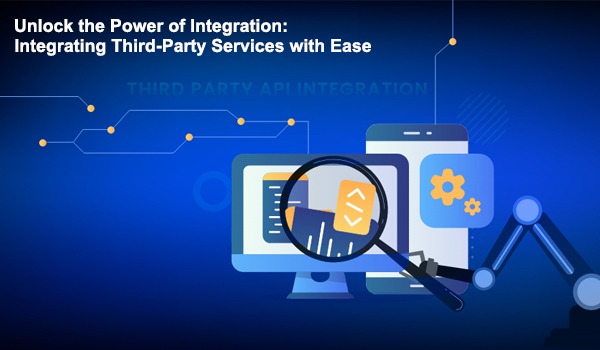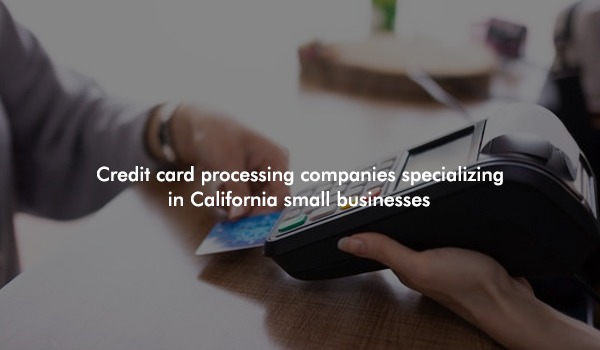
Introduction
In today's fast-paced digital landscape, standing out from the crowd means offering something unique, efficient, and user-friendly. That's where third-party integrations come into play. But let's be honest, integrating external services can sometimes feel like trying to solve a Rubik's Cube—confusing and time-consuming. Fear not, because I'm here to guide you through the maze, making the process as smooth and straightforward as possible.
Understanding the Importance of Third-Party Integration
Think of your favorite apps or platforms. What makes them stand out? Perhaps it's the seamless payment process, the easy-to-navigate interface, or the personalized recommendations. Chances are, these features are powered by third-party services. Integrating third-party services allows platforms to offer a more comprehensive, efficient, and tailored experience to users, which in turn can significantly boost user satisfaction and loyalty.
The Evolution of Third-Party Services in the Digital Age
Remember when adding an external service to your platform was as simple as embedding a widget? Those days are long gone. Today, third-party services range from complex APIs to sophisticated plugins, offering endless possibilities to enhance your platform. Staying updated with these advancements is crucial for maintaining a competitive edge.
How This Guide Will Enhance Your Integration Process
By the end of this guide, you'll have a clear roadmap for choosing, evaluating, and integrating third-party services that best suit your platform’s needs. Plus, you'll learn some nifty tricks to troubleshoot common challenges and ensure your integrations are built to last.
Choosing the Right Third-Party Services for Your Needs
Identifying Your Platform's Requirements:
- The role of business needs analysis: Start by defining what you aim to achieve with the integration. Increased efficiency? Enhanced user experience? Clear objectives will help you choose better.
- Matching services to your operational workflows: Consider how a service will fit into your existing operations. Will it streamline processes or add unnecessary complexity?
- Short-term vs long-term benefits: Aim for services that not only address immediate needs but also offer scalability for future growth.
Evaluating Third-Party Services
When choosing a third-party service, think of it as hiring a new team member. They need to be reliable, scalable, and cost-effective.
- Criteria for evaluation: Does the service offer uptime guarantees? Can it handle your growth projections? Is it priced within your budget?
- Reading reviews and case studies: Learning from others' experiences can provide invaluable insights, helping you make an informed decision.
- Conducting a risk-benefit analysis: Weigh the potential benefits against the risks to ensure the integration aligns with your overall business strategy.
Decision-Making Strategies
Gathering input from various stakeholders and employing structured decision-making tools can significantly enhance the quality of your final choice.
- Involving stakeholders in the decision process: Make sure the voices of your tech team, marketing department, and end-users are heard.
- Utilizing decision matrices or SWOT analysis: These tools can help clarify the advantages and disadvantages of each option.
- Making provision for contingency plans: Always have a Plan B. If an integration doesn't work out, knowing your next steps can save valuable time and resources.
The Technical Side of Integration
Overview of Integration Models
- API-based integration: The bread and butter of modern integrations, allowing for deep customization and flexibility.
- Plugin or extension-based integration: Ideal for fast, straightforward enhancements with minimal coding required.
- Custom-built vs out-of-the-box solutions: Sometimes, a tailored approach is necessary. Other times, a ready-made solution can meet your needs without the extra cost and complexity.
Preparing Your Platform for Integration
Before diving into integration, ensure your platform is ready to welcome the new service.
- Conducting a technical audit of your current system: This helps identify potential bottlenecks or incompatibilities.
- Ensuring data security and privacy compliance: With increasing concerns over data breaches, adhering to security standards is non-negotiable.
- Setting up a scalable infrastructure: Your platform should be able to grow seamlessly with the new integration.
Managing the Integration Process
Breaking down the integration process into manageable steps can help keep the project on track.
- Step-by-step integration planning: Map out each phase of the integration, from initial testing to full deployment.
- Monitoring and troubleshooting during the integration phase: Keeping a close eye on the process will help you catch and address issues early on.
- Post-integration testing and validation: Ensure the new service functions as expected and delivers the desired impact on your platform.
Maximizing the Benefits of Integration
Enhancing User Experience
Integrated services should make your platform more enjoyable and convenient for users. Focus on:
- Streamlining user workflows: Eliminate unnecessary steps and simplify tasks.
- Personalizing user interactions: Use data from integrated services to offer tailored recommendations or content.
- Improving accessibility and usability: Ensure everyone can benefit from your platform, regardless of their abilities or technological savviness.
Amplifying Operational Efficiency
The right integration can turn a cluttered workflow into a well-oiled machine.
- Automating manual processes: Free up valuable time by reducing the need for manual input.
- Optimizing resource allocation: Use insights from integrated services to make smarter decisions about where to direct your efforts.
- Reducing errors and redundancies: Automating tasks reduces the chance of human error, ensuring more accurate outcomes.
Driving Innovation and Growth
Last but not least, integrations can be a powerful driver for innovation and expansion.
- Leveraging data analytics for informed decision-making: Integrated services often provide valuable data that can guide your business strategy.
- Fostering a culture of continuous improvement: Use the insights gained from integrations to constantly refine and enhance your platform.
- Exploring new markets and opportunities: With the right integrations, you can unlock new avenues for growth and expand your reach.
Maintaining and Evolving Your Integration
Best Practices for Ongoing Maintenance
- Regularly updating and patching integrated services: Stay on top of updates to avoid security vulnerabilities and ensure smooth operation.
- Performing routine security audits: Regularly check your integrations for potential security gaps.
- Collecting and acting on user feedback: User insights can guide you in fine-tuning the integration for better performance.
Scaling Your Integration Efforts
As your platform grows, your integrations will need to evolve too.
- Identifying new integration needs over time: Stay flexible and open to incorporating additional services as your business expands.
- Expanding existing integrations to meet growth: Sometimes, scaling up an existing integration can offer more value than adding a new one.
- Staying ahead of technological advancements: Keep your finger on the pulse of tech trends to ensure your integrations remain cutting-edge.
Future-proofing Your Integration Strategy
To stay competitive, it's vital to continuously refine your integration strategy.
- Keeping abreast of industry trends and standards: This ensures your platform remains relevant and compliant.
- Investing in training and development for your team: Equipping your team with the knowledge and skills to manage and optimize integrations is crucial.
- Building a flexible and adaptable integration ecosystem: Embrace a mindset of flexibility to quickly adapt to new opportunities and challenges.
Conclusion
Integrating third-party services doesn't have to be a daunting task. With the right approach and resources, you can enhance your platform's functionality, streamline operations, and provide an unmatched user experience. Remember, the journey to integration excellence is ongoing. Stay curious, be open to change, and always strive for improvement. Take these next steps with confidence, knowing you have the knowledge and tools to make your integration efforts a resounding success.









